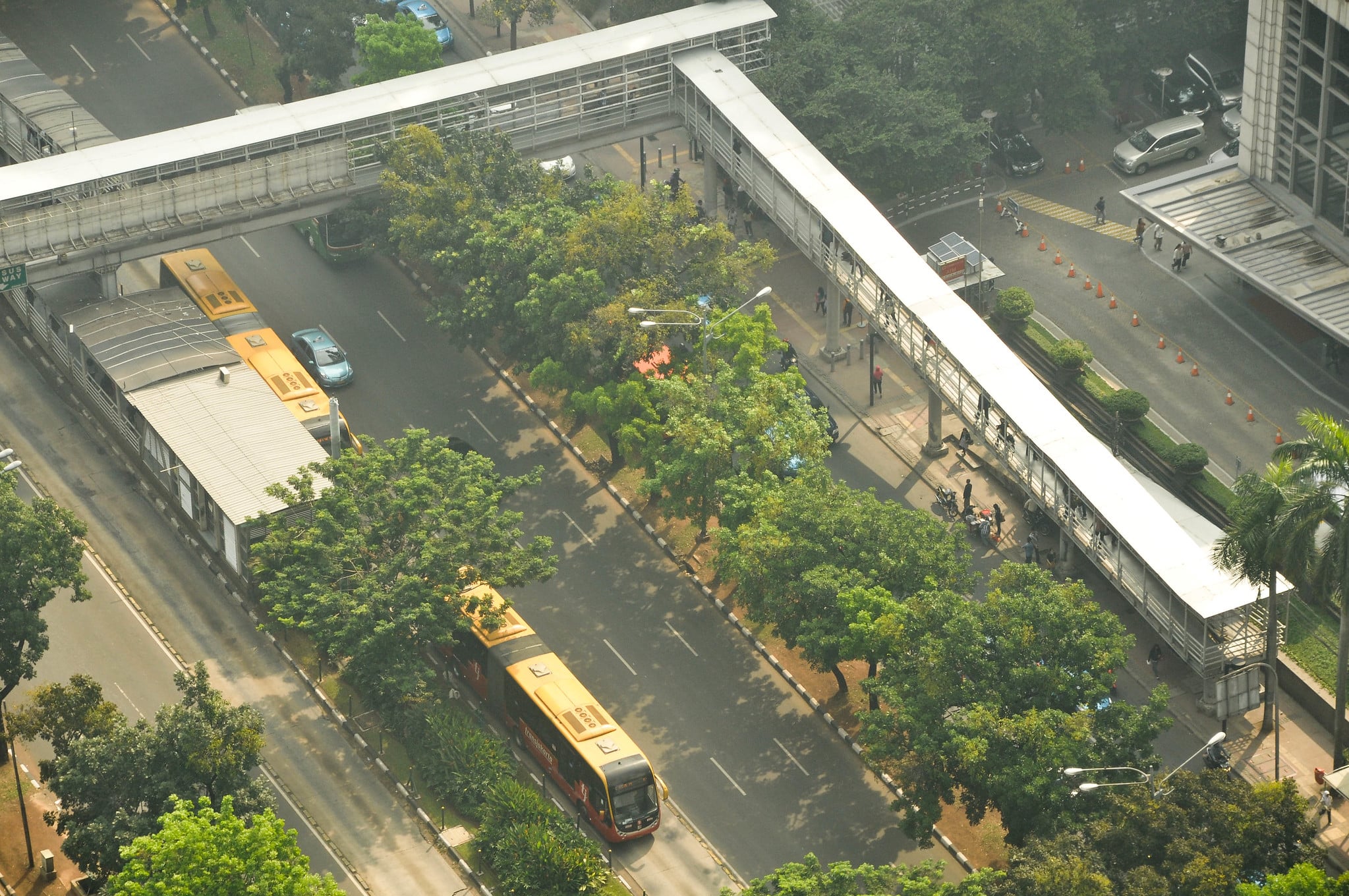4 / 28
Urban forests provide city dwellers with many ecosystem services, or benefits that humans derive from nature.11

For example, well-planned, well-managed urban forests have the potential to:
- Contribute to the physical and mental health of urban dwellers by buffering stress, creating inviting places for physical activity, and more 10, 23, 28
- Mitigate the heat island effect by reducing temperatures through shading and evapotranspiration 18, 20, 23
- Reduce burdens on traditional water infrastructure and reduce run-off by absorbing and filtering stormwater 16
- Calm traffic and reduce driver speeds when properly incorporated along roads and rights-of-way 19, 31
- Improve air quality by removing harmful pollutants, like particulate matter, ozone, and smog, in certain contexts;20 however, trees may also trap air pollution in urban canyons, create allergenic pollen or even emit pollutant precursors 17, 24
- Reduce noise 20, 25
- Improve scenic quality and aesthetic appeal 20
- Support local livelihoods and provide fuelwood, medicine, and other goods 23
- Enhance community cohesion by fostering social interaction, building environmental consciousness, and establishing a shared sense of place 23, 26, 30
- Increase food security for marginalized populations in both developed and developing contexts 10, 14, 15
- Enhance agricultural productivity in peri-urban agroforestry by improving site conditions and diversifying production for smallholder farmers 14
- Sequester carbon; however, pruning, fertilization, and irrigation of street trees may also result in CO2 emissions 21
- Increase property values and thus increase municipal tax revenue. In some cases, trees may also impose financial burdens on landowners related to tree care or removal or taxes related to property value 20 or contribute to displacement of vulnerable groups 9
- Increase residents’ connection to nature during resident engagement activities such as tree plantings, which may promote other pro-environmental behavior 27
- Increase equity, as benefits from urban greening can be most impactful for disadvantaged groups 10, 30 Intercept rainfall and surface runoff to reduce erosion and sedimentation in urban areas and along coasts and streams 114
4 / 28











